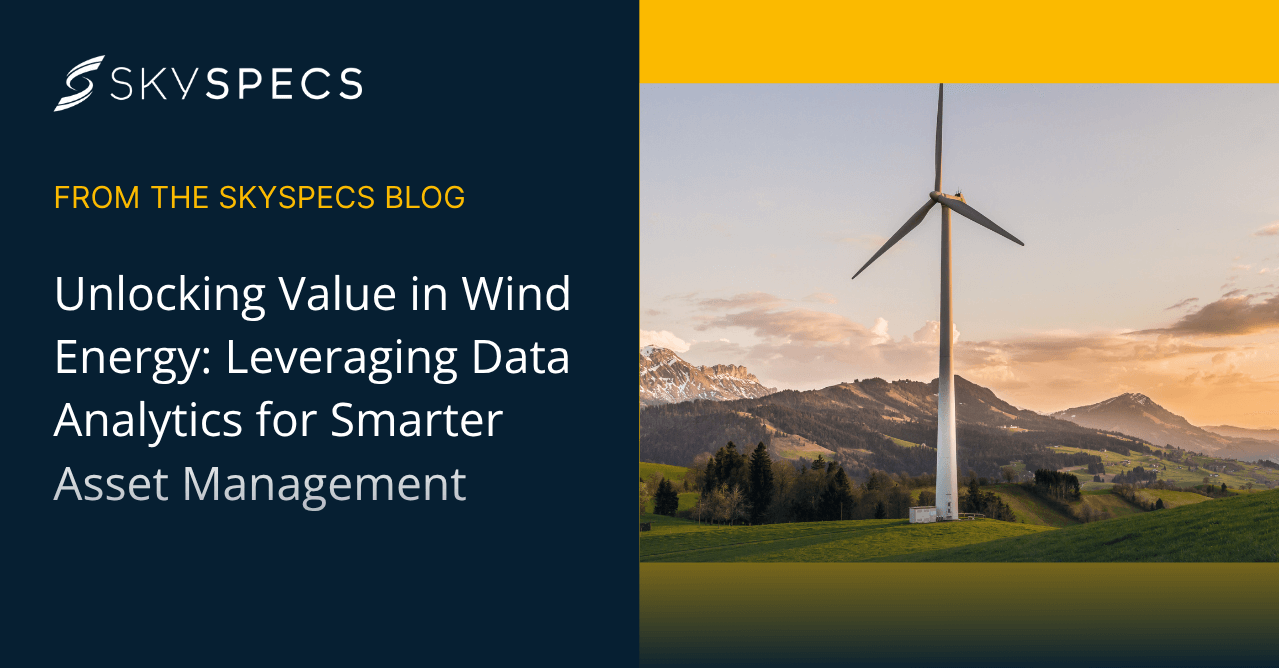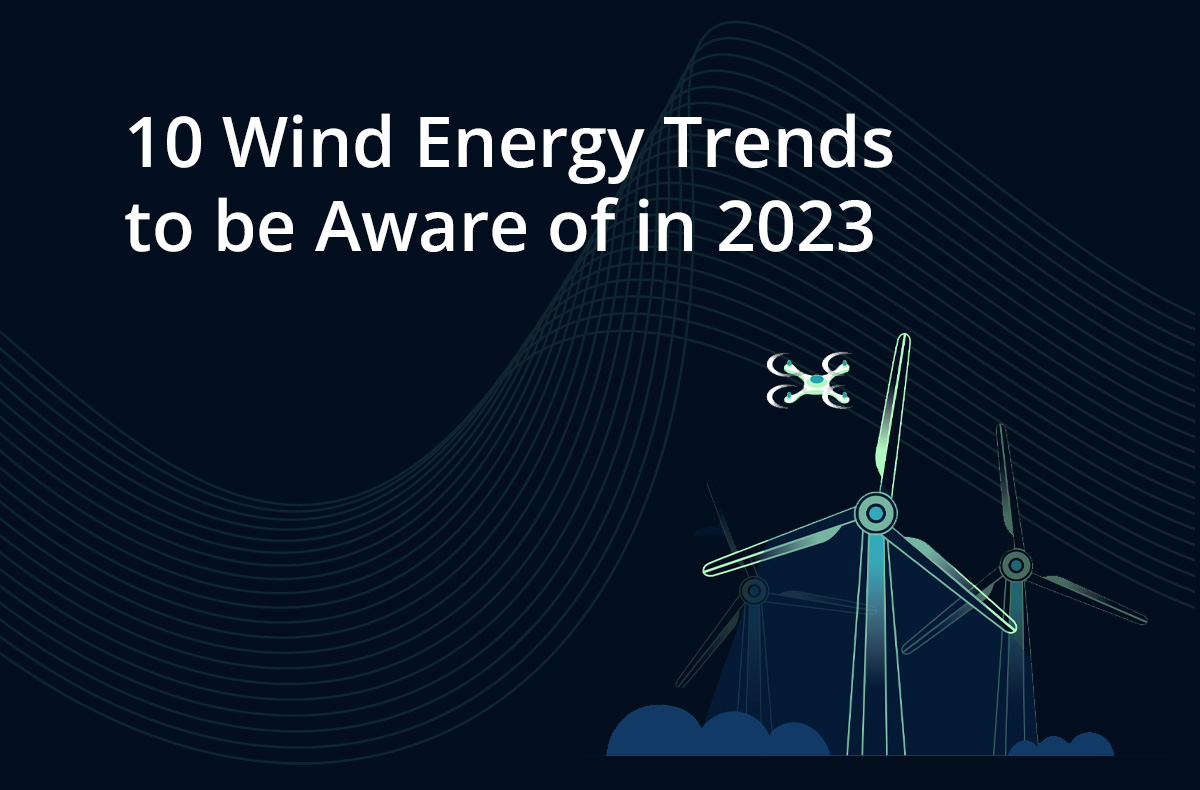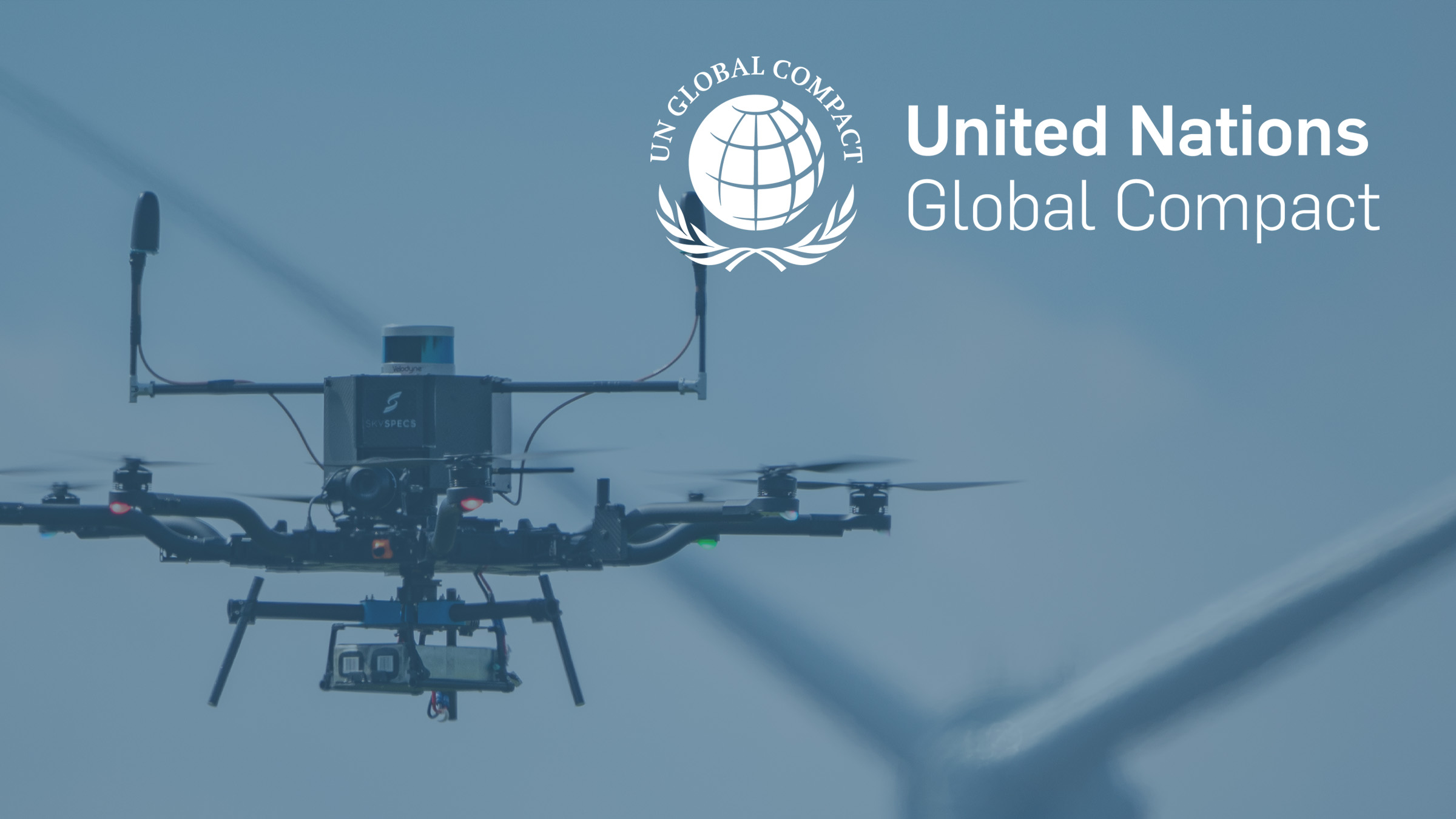Hi Ken! Tell us who you are and what role you’re currently filling at SkySpecs.
I’ve recently joined at the beginning of March, as Senior Solutions Blade Engineer at SkySpecs.
I look forward to leveraging wind blade expertise to understand customers’ unique challenges/needs in managing their blade assets. Using SkySpecs’ technology and solutions that enable O&M data digitization and data-driven insights will allow me to provide guidance that promotes cost and risk reduction.
Tell us a bit about your background and experience.
My professional experience in the past 10 years involves various aspects of wind turbine systems and rotor blades. My academic background is in aerospace engineering, but shortly after graduating in 2010, I had the opportunity to work for a leading engineering consultancy in wind. I held several positions that included leading teams and projects on engineering and advanced technology development, including hands-on roles in manufacturing, inspections, field engineering forensics/RCAs and repairs of glass and carbon fiber composite structures.
Prior to joining SkySpecs, I spent 4 years at an OEM as a technical lead on projects for the entire rotor blade development lifecycle. This included extensive experiences in manufacturing support in blade factories, and managing successful product roll-out, testing, validation and certification across continents.
What brought you to SkySpecs?
“I wanted to work alongside a multi-talented team at the cutting edge of O&M technologies and solutions, which empowers the wind community to envision that O&M automation of wind farms is not so far in the distant future, and that we are impacting workflows and delivering value everyday.“
The opportunity to joinSkySpecs to further add to their blade expertise presented itself, which was great for me to be part of a team actively shaping industry best practices by capturing and building digital blade health records and improving process and workflows around blade health management for customers.
What do you see as the role that SkySpecs is playing in the future of automating wind farms and why is this important to the industry as a whole?
SkySpecs believes renewable energy can become ubiquitous if the industry is empowered with the right tools to adopt proactive approaches to keeping wind assets operating optimally. SkySpecs is uniquely positioned to lead with its technology, software, and expertise offerings providing the industry with:
- Continuous collection of high quality asset data, combined with other operational data to monitor, analyze and improve performance and maintenance.
- Insights delivered about assets and advanced analytics models.
- Visibility and control over asset issues that enable smart decisions on the best course of action.
I believe that SkySpecs will play a pivotal role in this journey, creating an industry-shift from information-poor to information-rich data management. It will be important to the industry as a whole, as well as for wind farm operations. Operators can better understand what exactly is happening in the field, plan ahead, and properly predict extended operating life. This has the potential to reduce maintenance costs and improve performance of wind assets.
Thus, moving away from traditional reactive O&M to more sophisticated proactive and predictive O&M solutions will be key in the journey of automating wind farms and reducing resource heavy-manual workloads across the industry.
How have you seen the engineering of blades and the way we think about them change over the last ten years?
Rotor blades contribute to 20-30% of the turbine capex and are the driving “engine” of the wind turbine for capturing wind energy. Blades are also exposed to extreme mechanical loads and environmental conditioning. However, little attention has been dedicated to understanding blade reliability, optimized operations and improved maintenance – particularly in comparison to other components such as drivetrains, gearboxes and generators. It is comforting, however, to see early adopters gravitating towards an increased awareness that blade maintenance is key to increased operational efficiency of wind turbines.
“With technology advancements in AI & robotics, specifically data management, early signs of faults and anamolies can be recognized.“
This affords opportunities for blade engineering to focus on making data-driven corrective actions, in contrast to the past where a lot was left to manual interpretation and analyses of huge amounts of operations data that was often disparate and lacking. This is crucial to optimizing resource utilization, further reducing O&M costs and increasing clean energy generation.
SkySpecs offers a suite of blade maintenance solutions for its customers. Is there a particular customer experience you’ve had thus far in your role that you believe is a good example of how those solutions are providing value?
Although I’ve only been with SkySpecs for several weeks, I recently was part of helping a customer reconcile blade repair records. We identified data inconsistencies captured in repair documentation and identified data gaps for audit.
Subsequently, we recommended additional data cleanup in order to maintain precise blade health records. We worked on this solution using Horizon, which ensures that the customer can access this data in one place, with the highest degree of reliability, at any time over the lifetime of the turbine.
On a lighter note, tell us what your favorite movie is and why (we like to ask this of our new employees:-)
I tend to favor thrillers or films about historical events. I probably can’t name one favorite as there are many. However, the reason I like these genres is because I enjoy solving mysteries and I like a good plot twist! I also enjoy reflecting back on past/historical events and how they have shaped the world we live in today.
And finally, if you could offer one tip to employees working from home during COVID19, what would it be?
Working from home will take a lot of patience, adaptability and flexibility. It can be quite a radical change. So, go easy on yourself and try to think of working remotely as a new skill that you will have developed as we move out of the COVID19 era.








